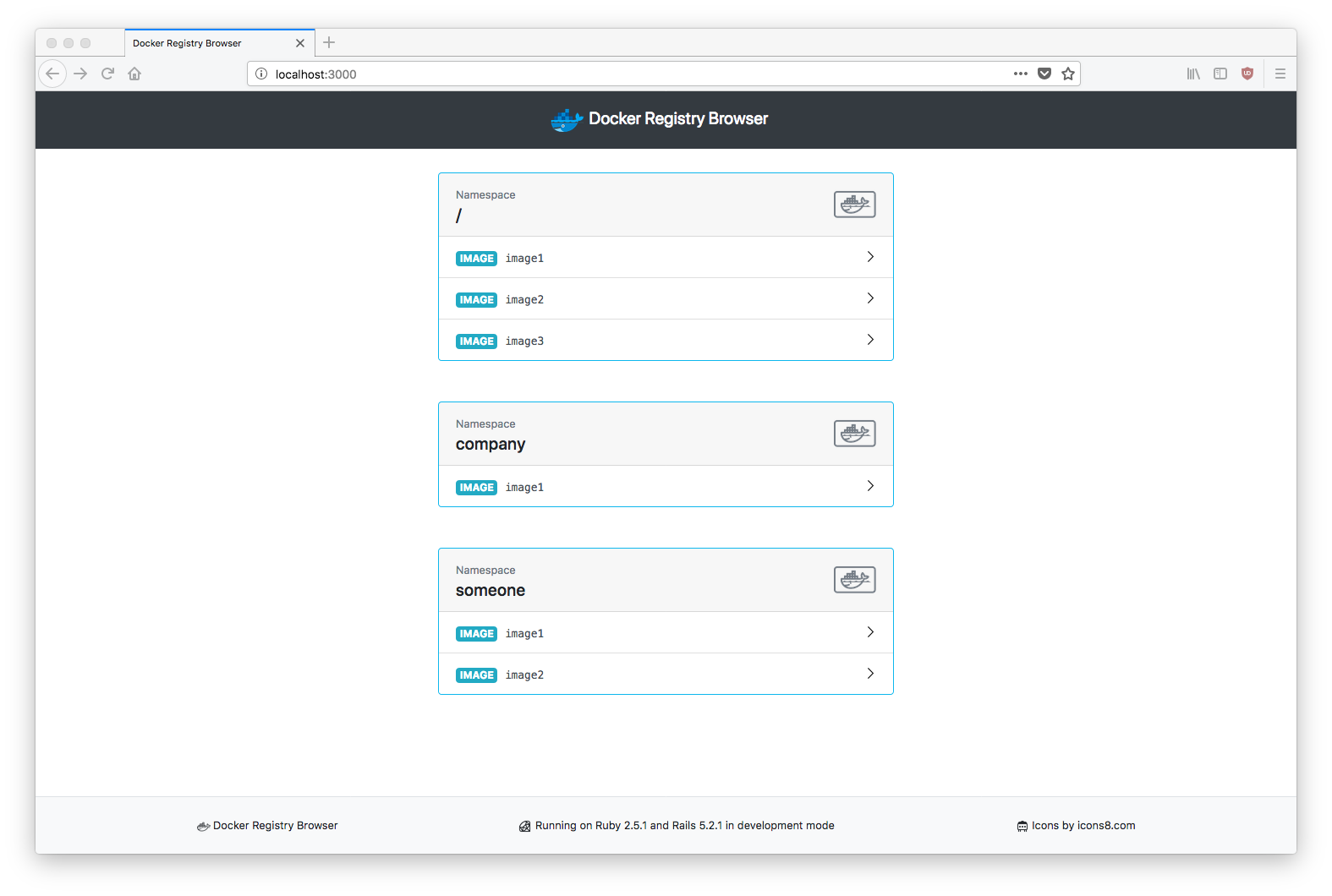Get catalogs
Default, registry api return 100 entries of catalog, there is the code:
When you curl the registry api:
curl --cacert domain.crt https://your.registry:5000/v2/_catalog
it equivalents with:
curl --cacert domain.crt https://your.registry:5000/v2/_catalog?n=100
This is a pagination methond.
When the sum of entries beyond 100, you can do in two ways:
First: give a bigger number
curl --cacert domain.crt https://your.registry:5000/v2/_catalog?n=2000
Second: parse the next linker url
curl --cacert domain.crt https://your.registry:5000/v2/_catalog
A link element contained in response header:
curl --cacert domain.crt https://your.registry:5000/v2/_catalog
response header:
Link: </v2/_catalog?last=pro-octopus-ws&n=100>; rel="next"
The link element have the last entry of this request, then you can request the next 'page':
curl --cacert domain.crt https://your.registry:5000/v2/_catalog?last=pro-octopus-ws
If the response header contains link element, you can do it in a loop.
Get Images
When you get the result of catalog, it like follows:
{
"repositories": [
"busybox",
"ceph/mds"
]
}
you can get the images in every catalog:
curl --cacert domain.crt https://your.registry:5000/v2/busybox/tags/list
returns:
{"name":"busybox","tags":["latest"]}


curl -sSX GET 'https://hub.docker.com/v2/repositories/library/php/tags?page_size=100'. Or you can make use ofdocker-hub-api. – Zolliedocker images ls --in-repo=XXX– Handset